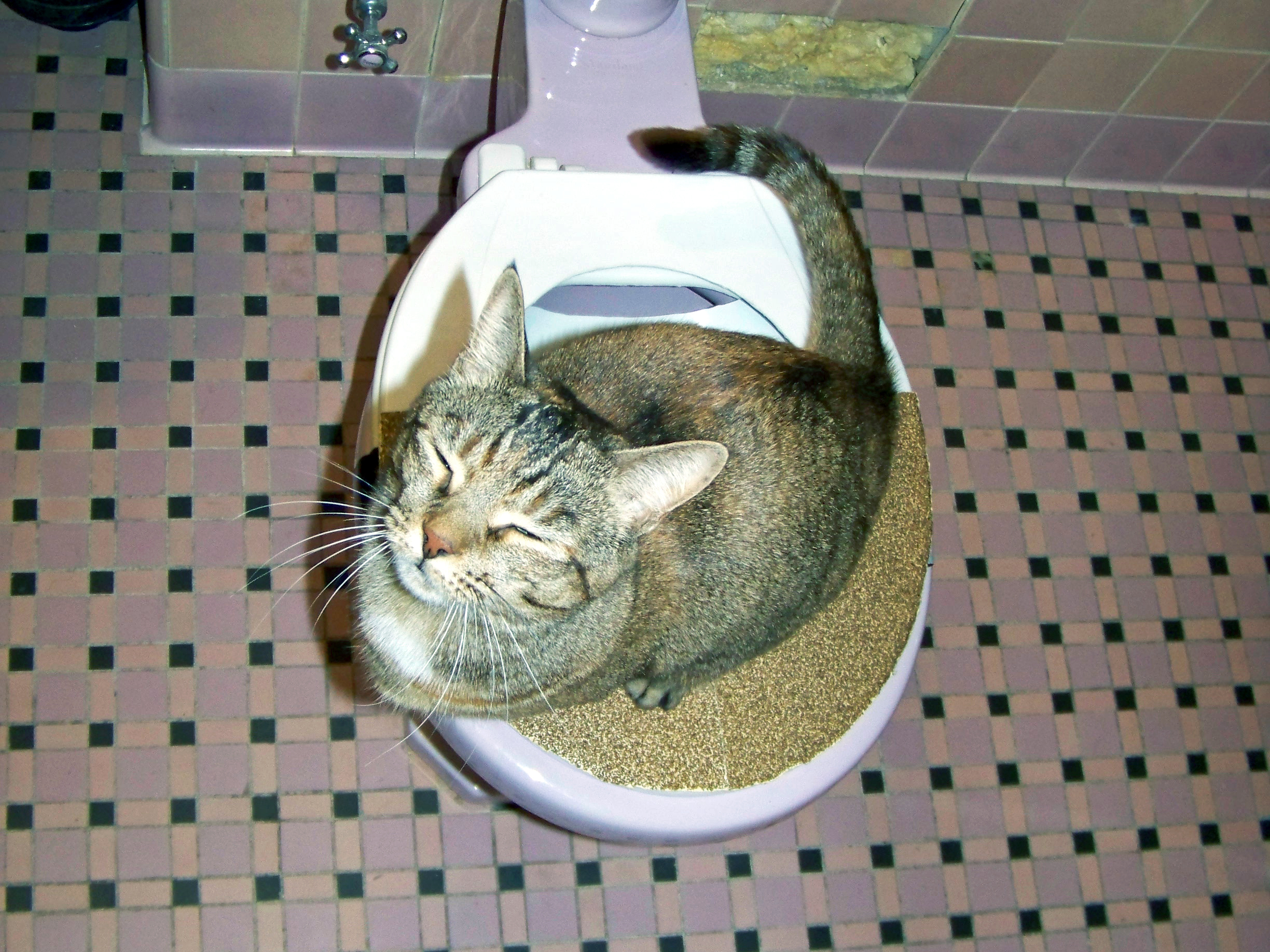Why Flushing Cat Poop Down Your Toilet Can Cause Problems - Tips for Proper Handling
Why Flushing Cat Poop Down Your Toilet Can Cause Problems - Tips for Proper Handling
Blog Article
Just how do you actually feel with regards to Can You Flush Cat Poop Down The Toilet??

Introduction
As feline proprietors, it's important to be mindful of how we deal with our feline close friends' waste. While it may seem hassle-free to flush pet cat poop down the bathroom, this method can have harmful repercussions for both the atmosphere and human health and wellness.
Environmental Impact
Purging pet cat poop presents damaging virus and bloodsuckers into the water, posing a considerable danger to marine communities. These contaminants can negatively impact marine life and compromise water quality.
Health Risks
In addition to ecological problems, flushing feline waste can likewise pose wellness risks to human beings. Cat feces might consist of Toxoplasma gondii, a parasite that can create toxoplasmosis-- a possibly serious ailment, especially for expectant females and individuals with damaged immune systems.
Alternatives to Flushing
Luckily, there are more secure and a lot more liable ways to take care of cat poop. Think about the complying with choices:
1. Scoop and Dispose in Trash
The most common method of throwing away feline poop is to scoop it into a biodegradable bag and toss it in the trash. Make sure to use a committed clutter inside story and deal with the waste immediately.
2. Use Biodegradable Litter
Choose naturally degradable cat litter made from products such as corn or wheat. These litters are environmentally friendly and can be safely dealt with in the trash.
3. Bury in the Yard
If you have a lawn, consider burying cat waste in an assigned location far from veggie yards and water resources. Make certain to dig deep enough to avoid contamination of groundwater.
4. Mount a Pet Waste Disposal System
Invest in a pet garbage disposal system specifically designed for cat waste. These systems use enzymes to break down the waste, minimizing smell and environmental effect.
Final thought
Accountable family pet possession extends past supplying food and sanctuary-- it also entails correct waste monitoring. By avoiding purging feline poop down the commode and opting for different disposal approaches, we can lessen our environmental footprint and protect human wellness.
Why Can’t I Flush Cat Poop?
It Spreads a Parasite
Cats are frequently infected with a parasite called toxoplasma gondii. The parasite causes an infection called toxoplasmosis. It is usually harmless to cats. The parasite only uses cat poop as a host for its eggs. Otherwise, the cat’s immune system usually keeps the infection at low enough levels to maintain its own health. But it does not stop the develop of eggs. These eggs are tiny and surprisingly tough. They may survive for a year before they begin to grow. But that’s the problem.
Our wastewater system is not designed to deal with toxoplasmosis eggs. Instead, most eggs will flush from your toilet into sewers and wastewater management plants. After the sewage is treated for many other harmful things in it, it is typically released into local rivers, lakes, or oceans. Here, the toxoplasmosis eggs can find new hosts, including starfish, crabs, otters, and many other wildlife. For many, this is a significant risk to their health. Toxoplasmosis can also end up infecting water sources that are important for agriculture, which means our deer, pigs, and sheep can get infected too.
Is There Risk to Humans?
There can be a risk to human life from flushing cat poop down the toilet. If you do so, the parasites from your cat’s poop can end up in shellfish, game animals, or livestock. If this meat is then served raw or undercooked, the people who eat it can get sick.
In fact, according to the CDC, 40 million people in the United States are infected with toxoplasma gondii. They get it from exposure to infected seafood, or from some kind of cat poop contamination, like drinking from a stream that is contaminated or touching anything that has come into contact with cat poop. That includes just cleaning a cat litter box.
Most people who get infected with these parasites will not develop any symptoms. However, for pregnant women or for those with compromised immune systems, the parasite can cause severe health problems.
How to Handle Cat Poop
The best way to handle cat poop is actually to clean the box more often. The eggs that the parasite sheds will not become active until one to five days after the cat poops. That means that if you clean daily, you’re much less likely to come into direct contact with infectious eggs.
That said, always dispose of cat poop in the garbage and not down the toilet. Wash your hands before and after you clean the litter box, and bring the bag of poop right outside to your garbage bins.
https://trenchlesssolutionsusa.com/why-cant-i-flush-cat-poop/

I stumbled upon that blog posting about Don’t flush cat feces down the toilet while scouting around the internet. If you appreciated our page plz remember to pass it around. I recognize the value of reading our article about Don’t flush cat feces down the toilet.
Details Here Report this page